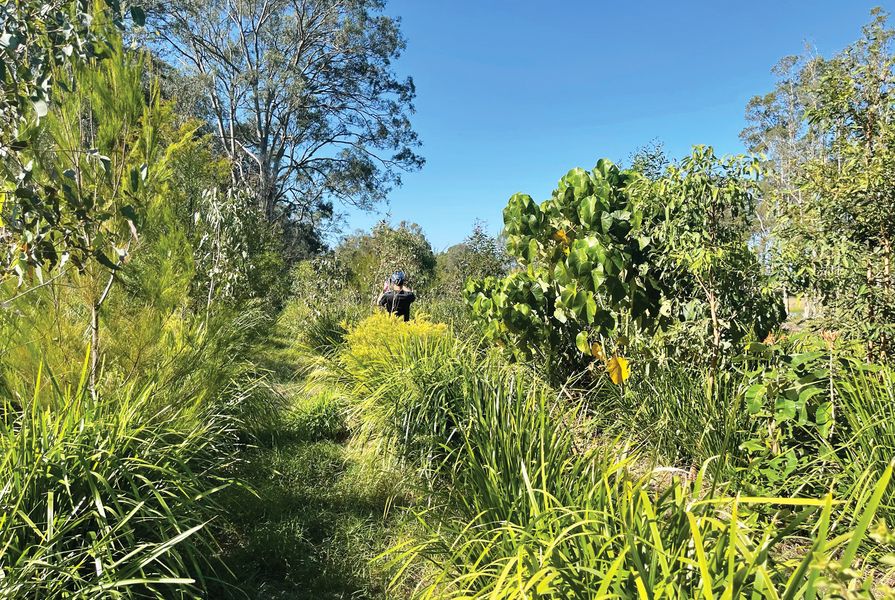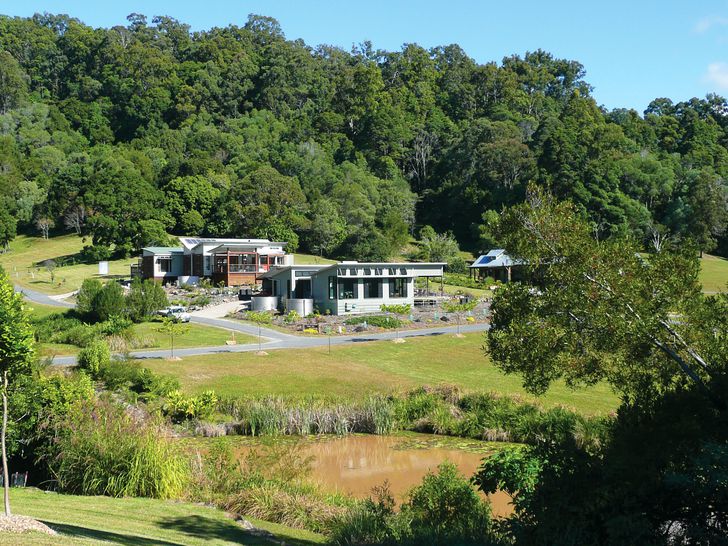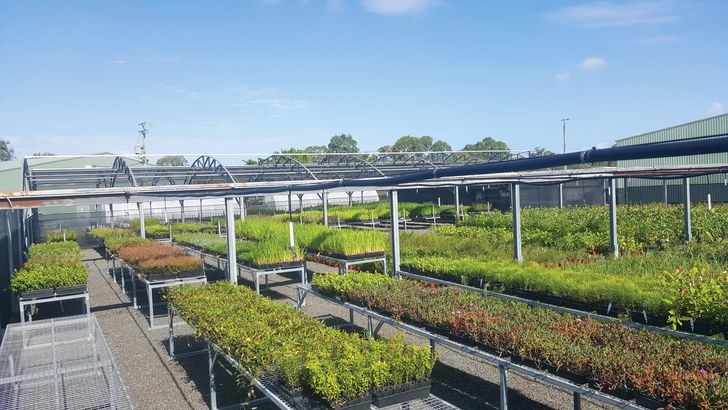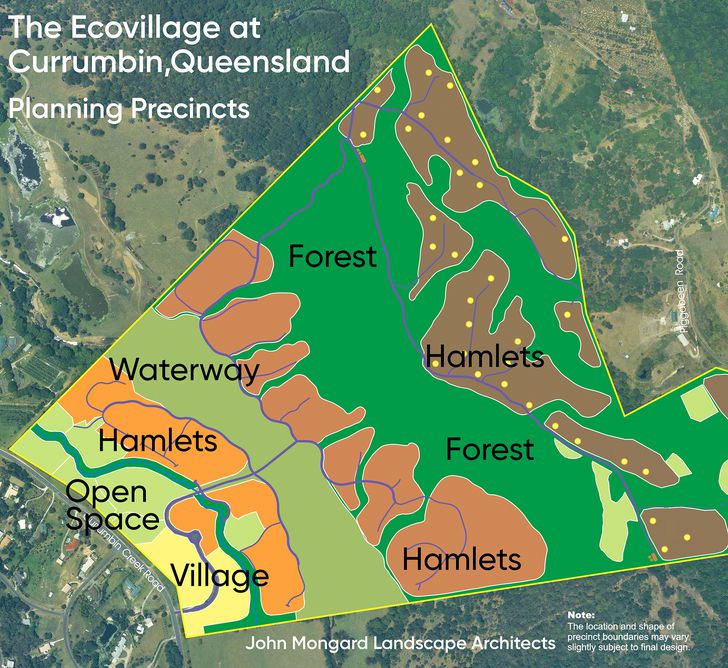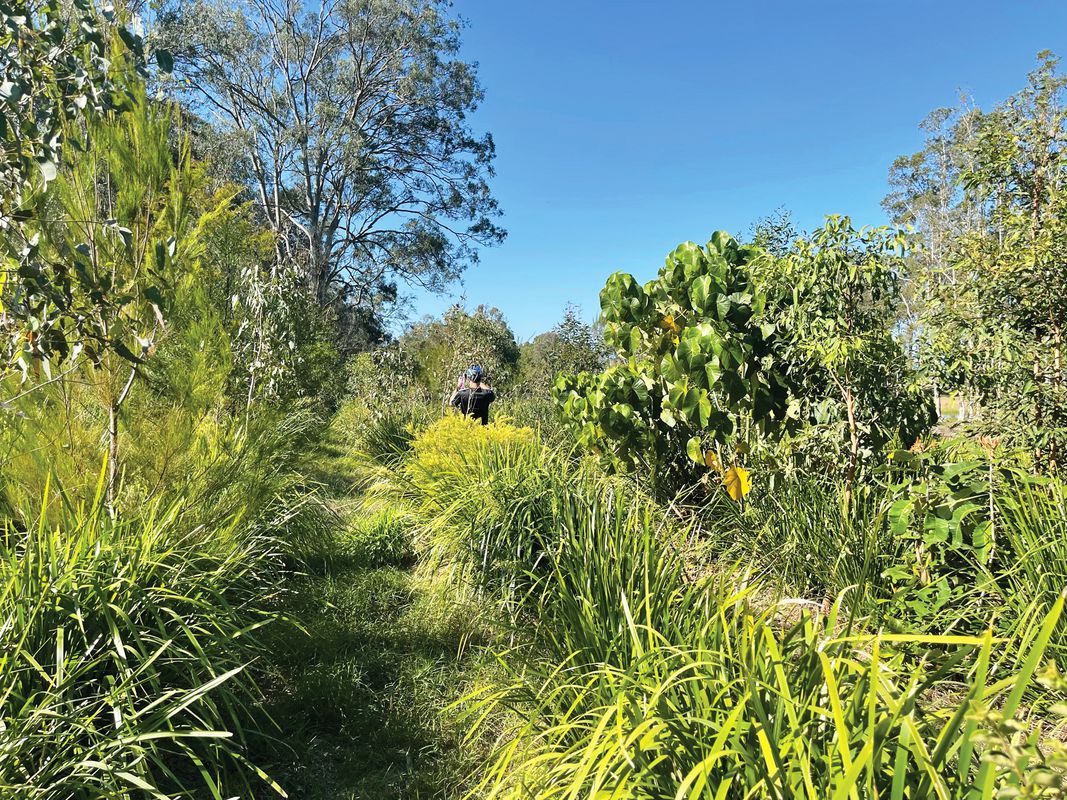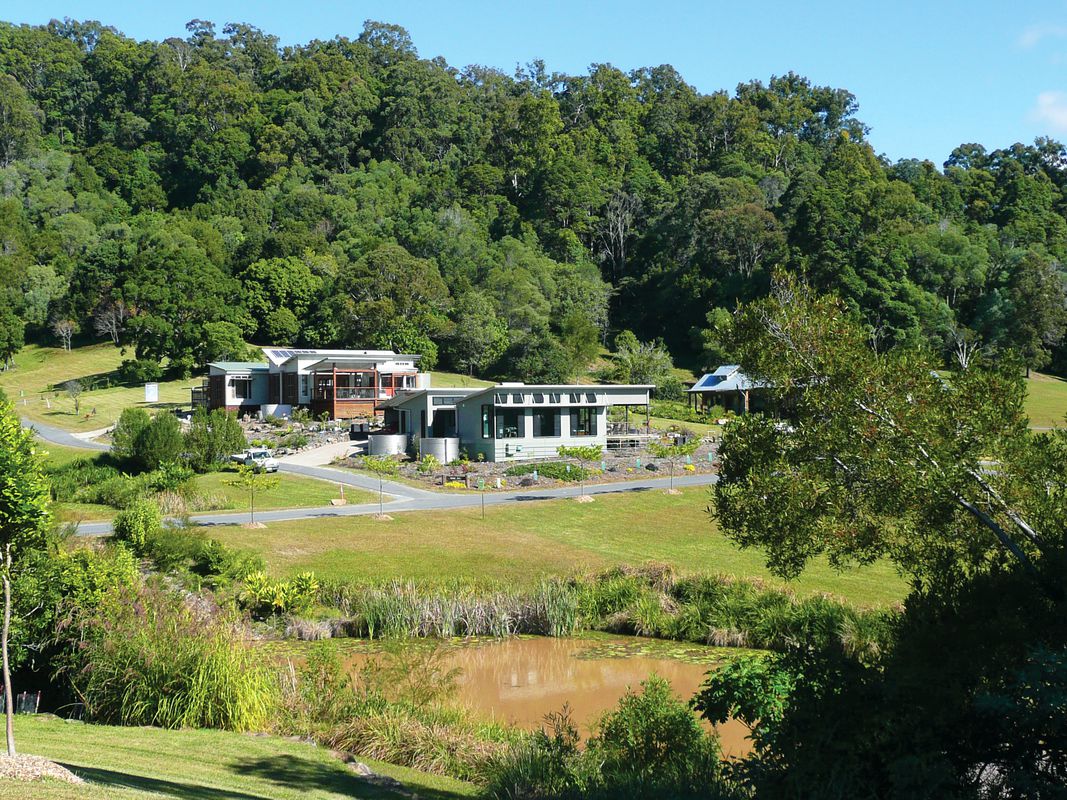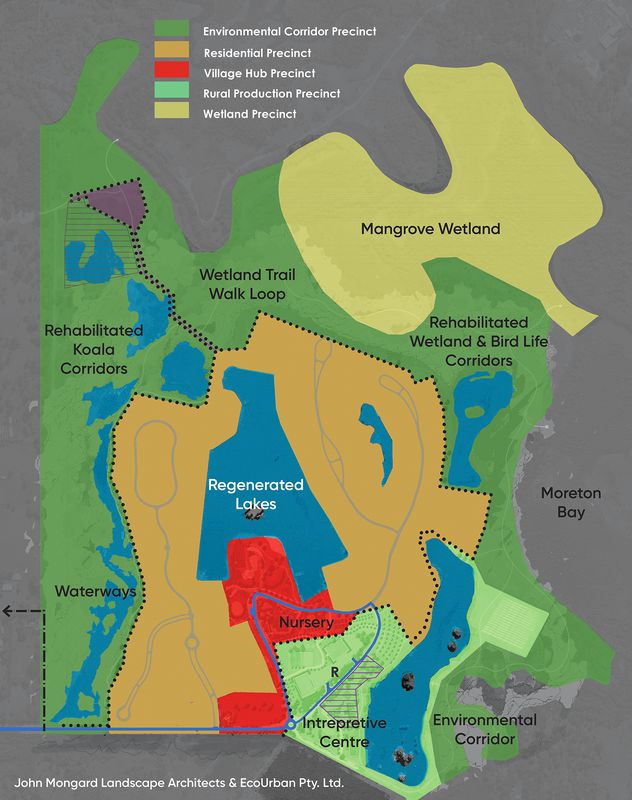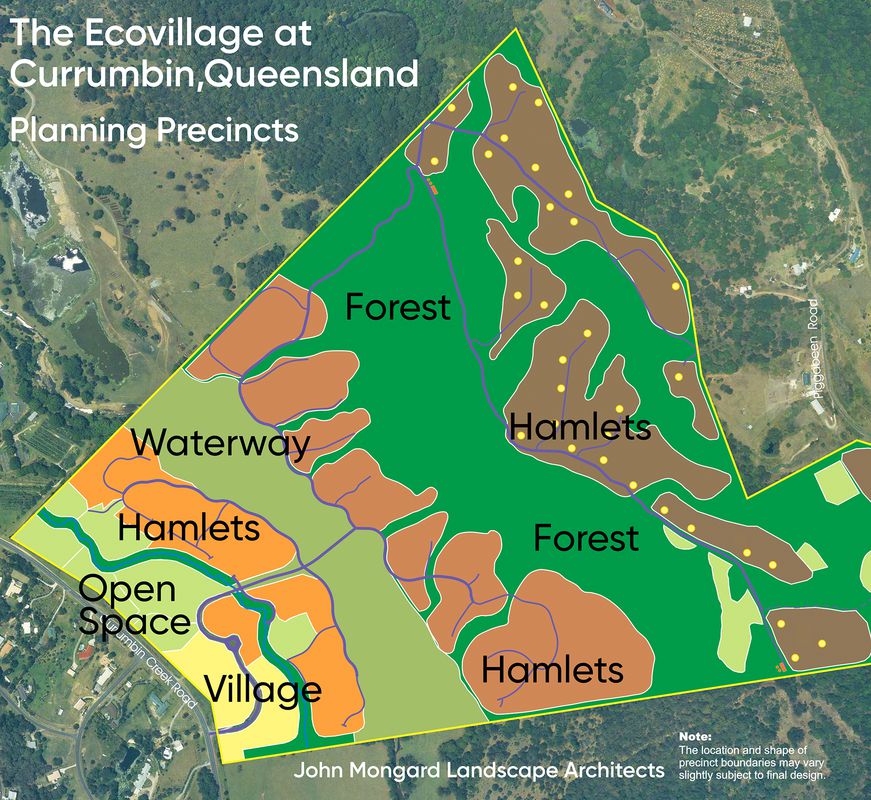Australia is the only developed country in the world that is classified as a deforestation hotspot. Under Australia’s current policies, emissions will continue to rise, with devastating consequences for our landscapes and ecology.1 Land development and urban growth are part of this unfolding climate and biodiversity collapse and, whether wittingly or not, landscape architects have been – and continue to be – participants in the process. Business-as-usual development is over; we need to pivot to create frameworks and projects that will help people, flora and fauna to survive into the next century.
In the peri-urban areas at the fringes of our cities, poorly planned subdivisions and developments are leading to dramatic ecological losses. Remnant agriculture, forests and wetlands are becoming carbon-hungry suburban sprawl. Michael Buxton, a professor of environment and planning at RMIT University, notes that “many planning systems comprehensively fail to integrate spatial planning with natural resource protection and offer little effective protection for agricultural land … no nation in history has managed to destroy its natural environment as fast and as thoroughly as Australia.”2
The Ecovillage at Currumbin by John Mongard Landscape Architecgts has preserved 80 percent of the existing landscape, including all remnant forest and trees.
Image: John Mongard
The suburban development codes that currently dominate both rural and urban planning systems result in stripped topsoil, diminished ecological networks, and the reduction of nature to pocket parks and drainage ways. Instead, priority design actions in subdivisions should focus on creating ecological depth and linkage in greenways, and on generating forest areas (which can serve as powerful sinks for excess carbon) wherever possible. We need to expand the ecological web both vertically and horizontally, fostering opportunities for greater complexity of relationships.3
In the last year, our practice, John Mongard Landscape Architects, has spent time researching butterfly and moth species and correlating them to important feeder species in the future open spaces of three rural Queensland towns. In one of these towns, Beaudesert, our civic parkland plans will include revegetation and biofiltration gardens that aim to achieve some depth and mid-storey density to provide refuge for local fauna. Nurturing a connection between moths, butterflies and their host plants can be one way to add ecological complexity, and leads to different planting designs in projects. For example, in the Beaudesert area, sedge grasses such as carex and ghania species emerged as valuable hosts for many skipper butterflies, such as the golden-haired sedge skipper (Hesperilla chrysotricha cyclospila). Cassia and acacia species, while often regarded as pioneer species and less-used because of their life span, act as hosts for a broad range of the “blue” butterfly species, such as the common pencilled-blue (Candalides absimilis). Ants swarm and surround the caterpillars of the butterfly, eating the honeydew that they produce. In return, the ants guard the caterpillars and protect them from predators. These types of plant species are not often planted in civic areas, but deserve a broader role to improve fauna biodiversity.
Ecologists note that the lack of mid-storey shrubs designed into urban landscapes, such as subdivisions, denies refuge to smaller birds and animals in favour of more aggressive and dominant species.4 At the Brolga Lakes project in Burpengary East, we collaborated with Eco Urban and supporting consultants on a sustainable development that was approved in 2020. Part of the plans included the creation of a forest that surrounds the housing precinct. Birdlife Australia and consulting ecologists recommended incorporating plant species that provide habitat for smaller bird species. The project provides further insights on the challenges of retrofitting the peri-urban subdivision and building biodiversity into new development.
Brolga Lakes is a large-scale sustainable community on Brisbane’s fringe that incorporates a particular planning mechanism: a biodiversity offset area (BDOA). Over a period of five years, disused rural land is being rehabilitated to create 45 hectares of habitat targeted at koalas and local birds. With climate change and land-clearing impacts, koalas are facing extinction in parts of Australia, with the World Wide Fund for Nature (WWF) noting an estimated decline of 80 percent over a 20-year period. The BDOA mechanism at Brolga Lakes was established to help counter this biodiversity loss. The revegetation in the environmental corridor precincts has been designed to join up other koala habitat areas into a district-level habitat. Improving wetland biodiversity and enhancing habitat for migratory waders are complimentary objectives. A development entitlement on the balance of the 73-hectare site will become a subdivision for up to 1,000 people. Through its provision of rehabilitated forest corridors, Brolga Lakes has the potential to become a verdant place surrounded by revegetated bushland and wetlands that embrace natural ecological systems.
John Mongard Landscape Architects and Eco Urban have introduced koala and bird habitats around a housing development in Burpengary East.
Image: John Mongard Landscape Architects.
The BDOA agreement requires the rehabilitation and ongoing maintenance of the environmental corridors within the site as conservation forests and koala/wildlife habitat. A disused aquaponic nursery has been repurposed to grow local plants from seed and tubes, creating an affordable system for implementing the BDOA. The nursery also acts as a food and garden plant production hub for future residents, helping to meet the peri-urban objective of maintaining productive land. The first stage of the revegetation process began in late 2019 and trialled three methods of reforestation. Eight hectares of forest area were planted on cleared land, with more than 40,000 trees and plants grown within the nursery. An innovative technique was developed to allow ripped elevated lines of plants to be able to be easily maintained over time. So far, an over-ninety-percent survival rate has been documented through monitoring. Stage Two is currently being completed, and more than 300,000 plants are being planted.
At Brolga Lakes, the rehabilitation plan is bound into the land development and requires fencing, yearly weed management, monitoring and maintenance. On completion, the forest areas are intended to become conservation areas, maintained and managed in perpetuity by a not-for-profit organization (Birdlife Australia) and funded through body corporate levies. The agreement between the landowner and the not-for-profit organization allows for management and ongoing research within the conservation reserve. Trails, bird hides and interpretive facilities are intended to be built during the first stages of the estate, as part of its conservation reserve obligations.
A research hub was established on the site in 2020 by our practice in collaboration with the University of Queensland. A Myer Foundation grant funded town planning and placemaking studies and investigated sustainable peri-urban development using the site during the 2018–2019 academic years. Students from the Earth Sciences department at the university are now collaborating with us to continue research and monitoring of the site with regards to
its environmental objectives.5
University of Queensland earth sciences masters student Ying Shian carrying out monitoring tasks at Brolga Lakes.
Image: John Mongard
An on-site nursery has grown hundreds of thousands of plants for the Brolga Lakes reforestation areas.
Image: John Mongard
Large peri-urban sites inevitably throw up numerous ecological challenges. At Brolga Lakes, the site nursery is an amazing resource, but it has generated its own system of management and water use. The main lake provides a supply of water as the plant stock grows, but the chemical balance of the water is impacted by birdlife waste that, at times, affects plant growth. Planting
must be timed to minimize the risk of failures from lack of water and heat, and to ensure that plants are in the ground before they get too large. Weed management in revegetation areas is often problematic and, unless qualified contractors undertake the works, regenerating native plants can be destroyed. Chemical spraying in revegetated dense plantings without an ecological brief can destroy more than it protects.
Peri-urban developments like Brolga Lakes show that there are ways to build forest
areas and biodiversity into the growing city, but that these kinds of projects require strong planning mechanisms, well-developed vegetation management plans and careful implementation. The biodiversity outcomes of a BDOA agreement that is managed by landscape architects can be significant. However, without sufficient oversight and quality control, the process could be used to facilitate over-development and could also yield poor-quality reafforestation, as evident in many mining and agricultural projects. In the peri-urban setting, the main value of such offset mechanisms is the creation of substantial forest areas with ecological value, and the facilitation of flora and fauna movement, survival and diversity in a development context where they would otherwise not occur. The need to create carbon sinks to draw down carbon dioxide and limit climate change puts an additional value on approaches that create urban forests and plant large numbers of trees.
Aside from biodiversity offsets, other planning mechanisms can help to promote ecological outcomes when subdividing land. Twenty years ago, our practice designed a peri-urban project on the Gold Coast called the Ecovillage at Currumbin. Here, a community title planning mechanism allowed the implementation of a precincts plan that created its own environmental
code of development. The plan allowed 80 percent of the existing landscape to be retained, including all remnant forest and trees. Biodiverse waterways were created to harvest all site water, the streets have grass swales, there are no stormwater pipes, and there are forest and productive trees managed by the body corporate.
Homes are clustered in hamlets surrounded by open space and regenerated waterways at The Ecovillage in Currumbin.
Image: John Mongard Landscape Architects.
Unfortunately, The Ecovillage at Currumbin did not become one of many similar green developments on the Gold Coast, as we had hoped. In Queensland, the green shoots of sustainable development that started to take root in the 1990s were severely damaged by the global financial crisis. Town planning lost its regulatory backbone and devolved into a pliable, performance-based system. In most cases, it is now much easier and more profitable to simply carve out and denude vacant blocks of land. This unsustainable pattern that views landscape as a cost-driven obligation, rather than an ecological asset, is being played out in the majority of Australian peri-urban areas.
Landscape architects used to argue for trees and landscape for amenity and lifestyle. Now, the drivers are health and survival. In the words of writer and environmental activist Richard Flanagan, we need “to rise above the long silence of orthodoxy”6 and plan for the Anthropocene in ways that challenge the land-use frameworks and development culture that are facilitating biodiversity collapse. Planning codes must shift.
Landscape architecture will be an essential service in our destabilized world, as long as we can pivot to the base needs of our collective landscape and provide for all creatures, not just people. We need to practise landscape architecture as if all our lives depend on it.
1. Climate Action Tracker, “Australia, Country Summary,” 2021, climateactiontracker.org (accessed 29 November 2021).
2. Michael Buxton and Andrew Butt, The Future of the Fringe: The Crisis in Peri-urban Planning (Melbourne: CSIRO Publishing, 2020), 142.
3. George Monbiot, Feral: Searching for Enchantment on the Frontiers of Rewilding (London: Penguin, 2013), 84.
4. Tim Low, The New Nature (Melbourne: Viking, 2002), 220.
5. The University of Queensland, “Brolga lakes eco-development,” uq.placeagency.org.au/studio/brolga-lakes-eco-development (accessed 15 October 2021).
6. Richard Flanagan, “To be free: On writing and its reasons,” The Monthly, July 2021.
Source
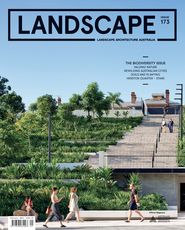
Practice
Published online: 14 Apr 2022
Words:
John Mongard
Images:
John Mongard,
John Mongard Landscape Architects.
Issue
Landscape Architecture Australia, February 2022

